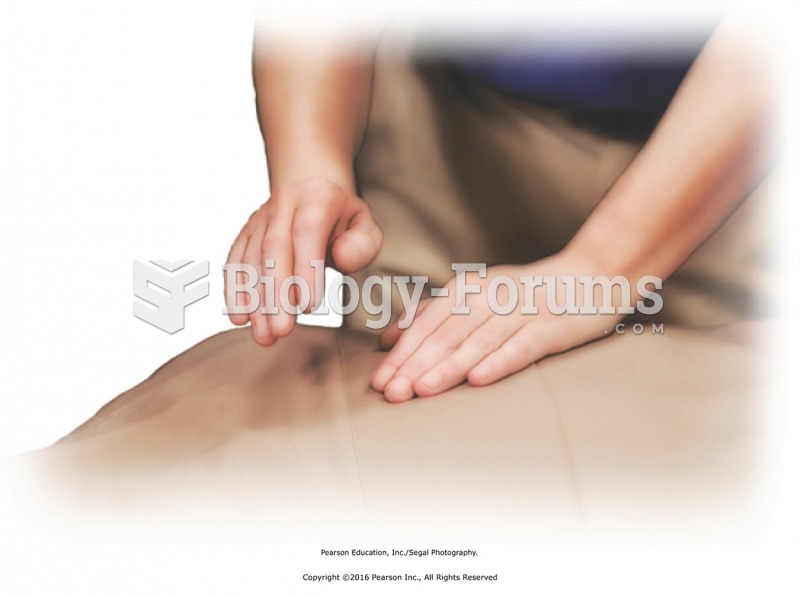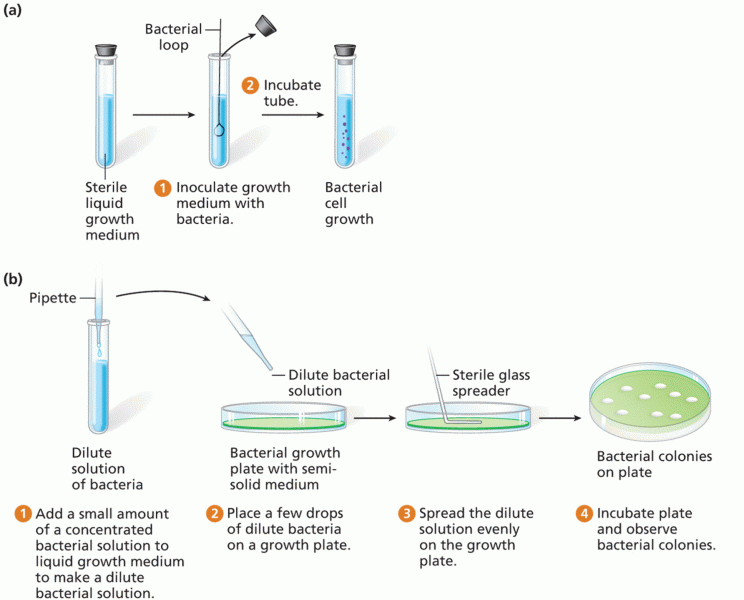|
|
|
Normal urine is sterile. It contains fluids, salts, and waste products. It is free of bacteria, viruses, and fungi.
To prove that stomach ulcers were caused by bacteria and not by stress, a researcher consumed an entire laboratory beaker full of bacterial culture. After this, he did indeed develop stomach ulcers, and won the Nobel Prize for his discovery.
Asthma occurs in one in 11 children and in one in 12 adults. African Americans and Latinos have a higher risk for developing asthma than other groups.
Adolescents often feel clumsy during puberty because during this time of development, their hands and feet grow faster than their arms and legs do. The body is therefore out of proportion. One out of five adolescents actually experiences growing pains during this period.
On average, the stomach produces 2 L of hydrochloric acid per day.
 Creating a tent for turning from prone to supine or vice versa. Pin one side of the sheet against ...
Creating a tent for turning from prone to supine or vice versa. Pin one side of the sheet against ...
 When both sides of the back have been massaged, redrape the back. With light to moderate force, use ...
When both sides of the back have been massaged, redrape the back. With light to moderate force, use ...




